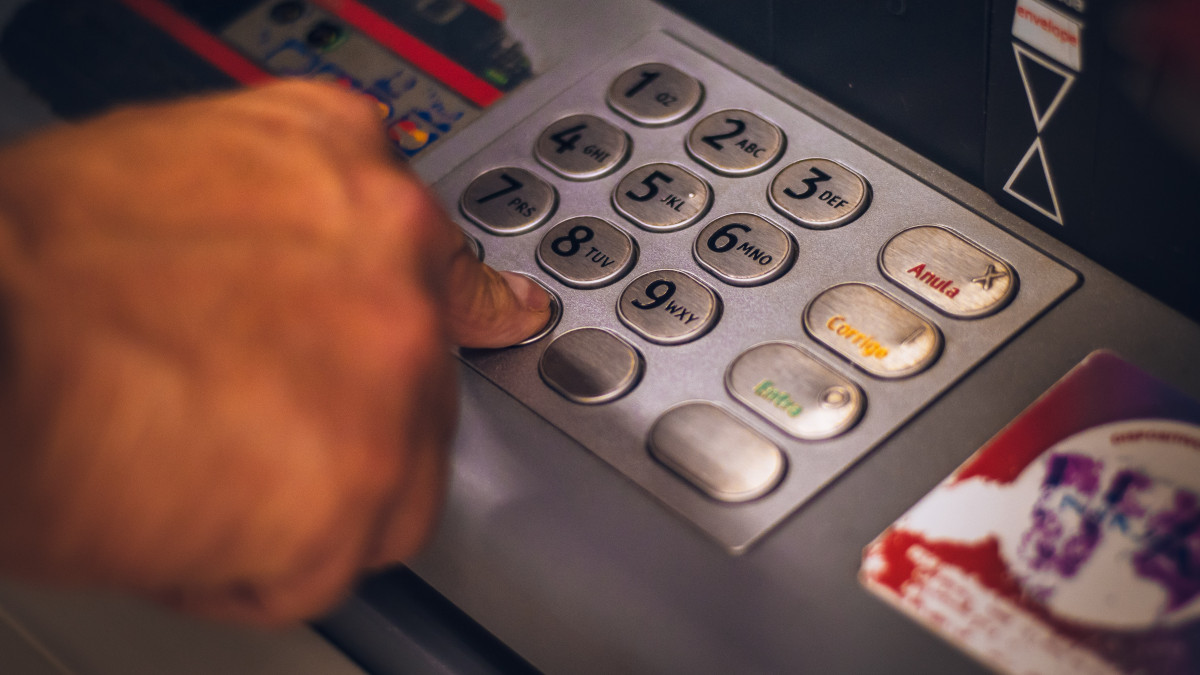What Is a Credit Score and What Does it Mean to Have a Poor One?

To understand credit repair, we have to revisit credit scores first.
The exact parameters of a score differs by jurisdiction, so we’ll stick to the US model here.
A credit score represents someone’s creditworthiness and is noted as a number between 300-850 as per the FICO (Fair Isaac Corporation) scoring model.
The higher the score, the more creditworthy you are deemed to be by potential lenders.
This makes it easier to take out a loan, for example.
Although other scoring models are out there, FICO is the most widely-used.
You may wonder which factors are used to calculate the score.
According to FICO, there are numerous data points that are grouped into five main categories: payment history (35%), amounts owed (30%), length of credit history (15%), new credit (10%) and credit mix (10%).
Credit history is the overarching metric that determines your score.
Your credit history is basically a measure of your ability to pay back debts, including whether you miss or delay payments.
It also shows things like bankruptcies and collections.
All this information is displayed on a credit report prepared by a credit bureau.
The better your credit history, the better your credit score.
That’s the importance of paying bills on time!
But what exactly is a “good” or “poor” credit score?
It depends – different creditors will have different assessments.
A rule of thumb is that a score above 700 is considered good, while a score below 640 is deemed as poor.
Having a good score may significantly improve your chances of obtaining loans at more favorable interest rates, for example.
If your number dips below 640, you’re considered a subprime borrower and will face higher interest rates.
Credit scores may also determine the deposits you have to pay to rent an apartment or to get a smartphone subscription.
With that 101 of the way, let’s delve into credit repair and how it can help you climb back to a better credit score.
 Alan Williams
Alan Williams 